Tasmania may be Australia’s smallest state, but it’s packed with wild, untouched islands dotting the coastline. Think of them as nature’s private clubs where rare and fascinating creatures get to live their best lives without tourists trampling around. Some are tiny rock piles, others sprawl for miles—each one’s got its own evolutionary story that’s been brewing for millennia.
Most tourists stick to the obvious attractions on the main island. Can’t blame them really—Tasmania’s got plenty to offer. But venture out to these remote spots, and you’ll discover wildlife that’s evolved in complete isolation. Some of these creatures exist nowhere else on the planet. Here’s a look at 15 of Tasmania’s most incredible remote islands and the amazing animals that have made them home.
King Island

About 50 miles northwest of Tasmania, King Island floats in Bass Strait like it’s minding its own business. The air quality here is almost absurdly good—you can practically taste the difference.
Sadly, the island once hosted King Island emus until they disappeared in the 1800s, which still bothers conservationists today. These days, echidnas shuffle around the coastal heathlands doing their spiky thing, while southern right whales pass through during their epic migrations.
Flinders Island
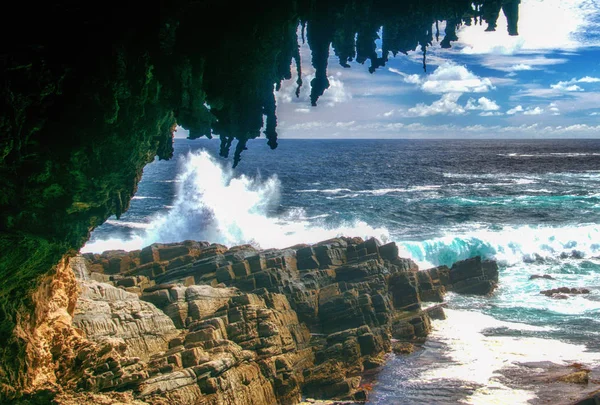
Stretching roughly 40 miles, Flinders Island rules the Furneaux Group with this timeless quality that makes you forget what century you’re in. Cape Barren geese have firmly established themselves—their distinctive honking echoes across grasslands like they’re holding outdoor town meetings.
The waters around the island teem with seals, and if luck’s on your side, you might catch a glimpse of a platypus paddling around the freshwater streams.
Like Travel Pug’s content? Follow us on MSN.
Maria Island
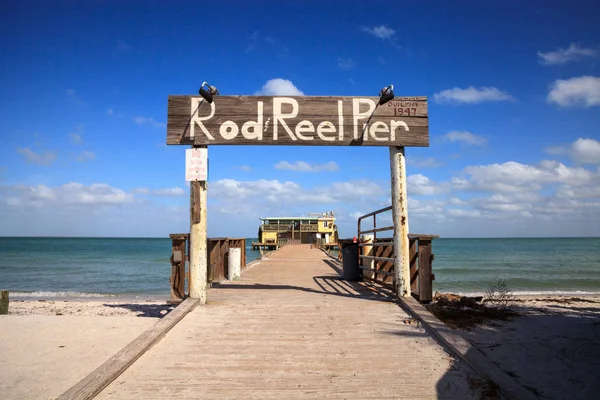
This east coast gem sits just offshore, and here’s what makes it special—the animals couldn’t care less about human visitors. Hunting’s been banned for decades, so wombats waddle past hikers like they’re invisible furniture.
It’s pretty surreal actually. The island also hosts Tasmania’s biggest population of Forester kangaroos, and these fellas are noticeably chunkier than their mainland cousins.
Bruny Island
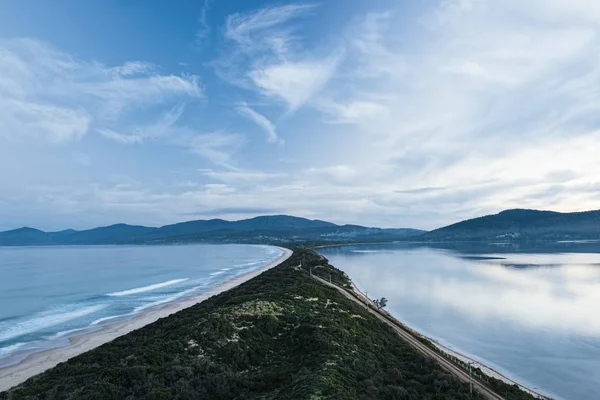
Really two islands stuck together by a skinny sand bridge, Bruny’s become the go-to spot for serious bird watchers and photographers. The forty-spotted pardalote lives here—finding one’s tougher than solving a Rubik’s cube blindfolded.
Echidnas poke around in the bush, while humpback whales pass through the surrounding waters between May and July.
Macquarie Island
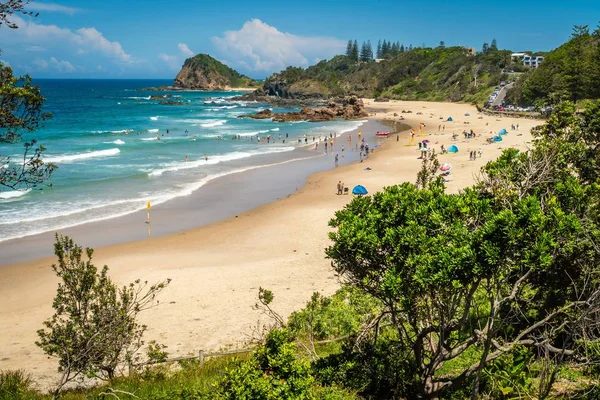
Located roughly 930 miles southeast of Tasmania, Macquarie Island exists at the absolute edge of civilization. This wind-battered outpost hosts king penguin colonies that boggle the mind—thousands upon thousands of birds looking like they’re perpetually dressed for some fancy gala.
Elephant seals lounge on beaches like oversized throw pillows while royal penguins strut around, showing off their orange crests with obvious pride.
Like Travel Pug’s content? Follow us on MSN.
Robbins Island

Connected to Tasmania’s northwest corner by a causeway that vanishes during high tide, Robbins Island feels like stepping into another dimension. Bennett’s wallabies bounce across the grasslands with this effortless athleticism that’s genuinely impressive to watch.
Short-tailed shearwaters—locals call them muttonbirds—return here annually in flocks so massive they literally darken the evening sky.
Three Hummock Island
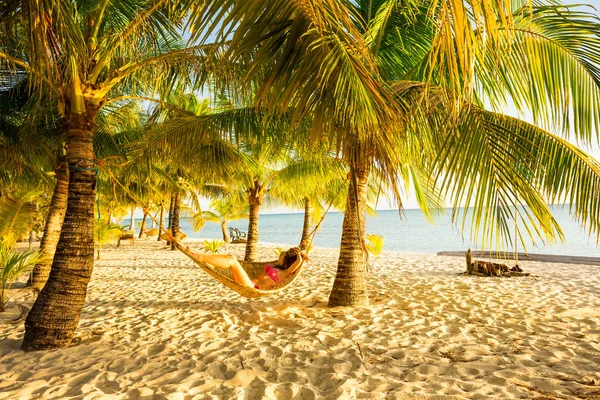
Spanning 21,000 acres in Bass Strait, this privately-owned island packs a serious ecological punch. Cape Barren geese breed here in huge numbers—their calls bounce off the coastal plains, like nature’s own sound system.
Years of isolation mean the native plants flourish undisturbed, creating perfect homes for small marsupials and reptiles that mainland development has pushed out.
Hunter Island
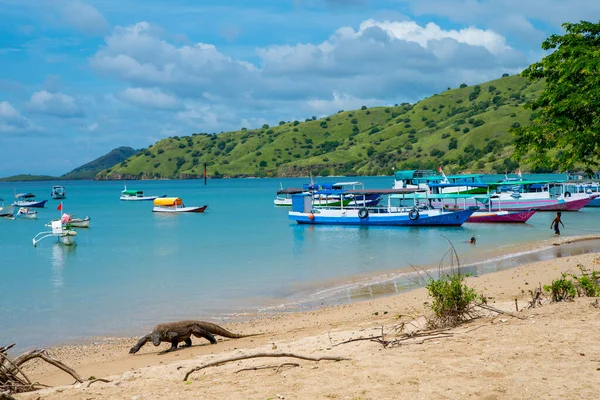
The weather on this vulnerable island would cause most people to flee for cover. Fur seal populations are so noisy that you can hear them from miles away when they drag themselves onto rocky coasts.
The island’s tussock grasslands offer prime nesting real estate for various seabirds, including the occasional wandering albatross with its mind-blowing 11-foot wingspan.
Like Travel Pug’s content? Follow us on MSN.
Schouten Island
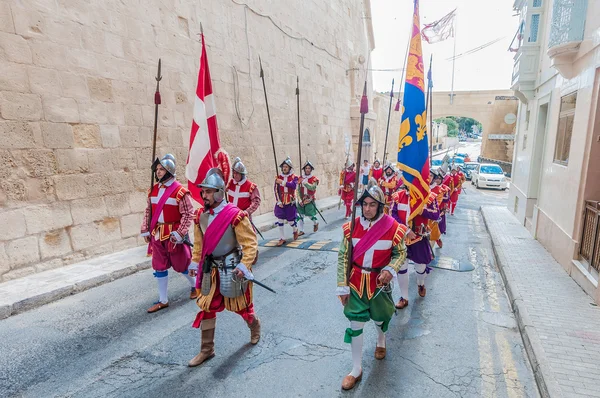
Part of Freycinet National Park, Schouten gives visitors a peek at pre-settlement Tasmania. Tasmanian devils still prowl around here, though that facial tumor disease has knocked their numbers down pretty hard.
White-bellied sea eagles circle overhead, scanning for fish with a vision that makes human eyesight look pathetic.
Deal Island

The largest island in the Kent Group, Deal sits smack in the middle of Bass Strait like nature’s own green jewel. Australian fur seals breed here in impressive numbers—during pupping season, the beaches transform into bustling nurseries with youngsters learning the ropes of ocean life.
Mutton birds burrow throughout the island, and their nocturnal calls create this otherworldly soundtrack that’s both eerie and beautiful.
Rodondo Island
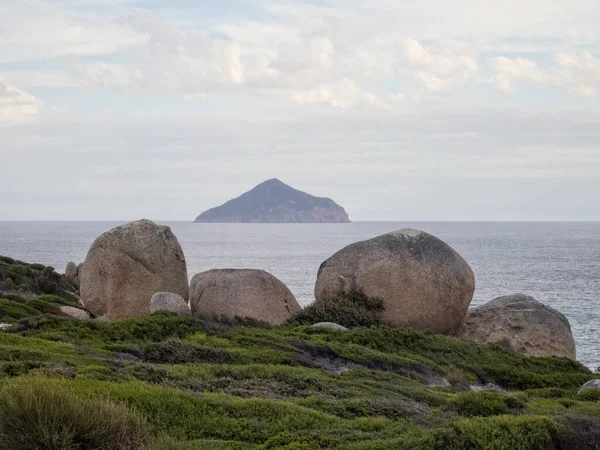
This pyramid-shaped rock formation rises dramatically from Bass Strait, serving as crucial real estate for seabirds. Gannets pack onto the steep cliffs in colonies that resemble high-density housing for birds.
The surrounding waters attract dolphins regularly, and orcas occasionally make appearances, turning the area into a marine wildlife hotspot that researchers love studying.
Like Travel Pug’s content? Follow us on MSN.
Judgement Rocks

These jagged rock formations near King Island look absolutely inhospitable at first glance, but they’re actually vital breeding grounds for seabirds. Australian gannets nest here in phenomenal numbers, and watching their synchronized diving displays is like witnessing nature’s own aerial ballet.
New Zealand fur seals also use these rocks as convenient pit stops during their ocean wanderings.
Christmas Island (Bass Strait)
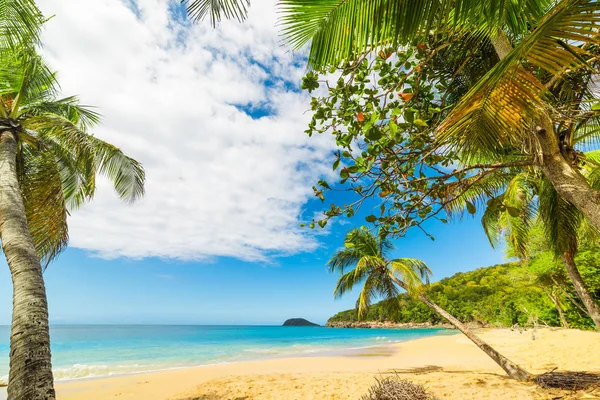
Don’t confuse this with the more famous Christmas Island in the Indian Ocean—this Bass Strait version serves as seasonal headquarters for thousands of short-tailed shearwaters. These remarkable long-distance fliers journey from Alaska each year, and their mass return creates one of nature’s most breathtaking spectacles.
The island’s rocky shores also provide habitat for various lizard species that exist absolutely nowhere else.
Ninth Island
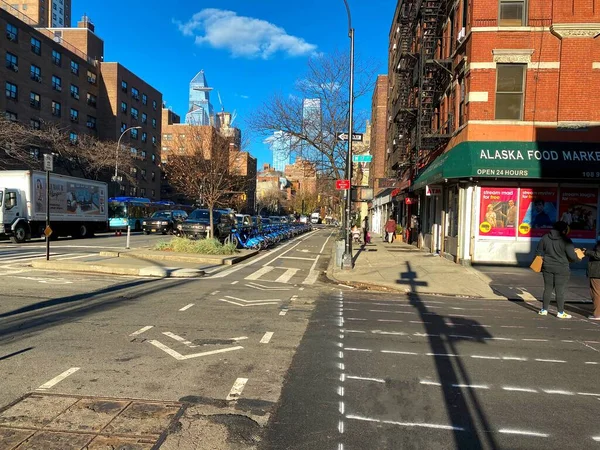
Positioned near Bridport on Tasmania’s north coast, Ninth Island might be compact, but it packs serious ecological significance. Little penguins nest in shoreline burrows, emerging at dusk in groups that locals have dubbed ‘rafts.’
The island’s grasslands support native rodent populations that introduced species have largely eliminated from mainland areas.
Like Travel Pug’s content? Follow us on MSN.
Waterhouse Island
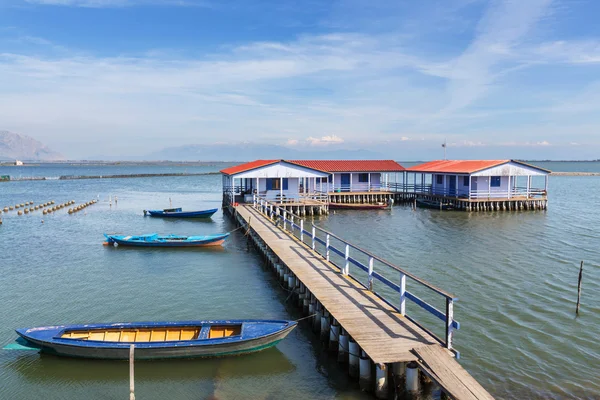
Connected to the mainland by a causeway, Waterhouse technically qualifies as an island when the tides roll in. The area serves as a critical refueling station for migratory shorebirds during their marathon journeys between hemispheres.
Hooded plovers nest on the sandy beaches, though these ground-nesting birds face constant pressure from introduced predators and increasing human disturbance.
Islands as Time Capsules
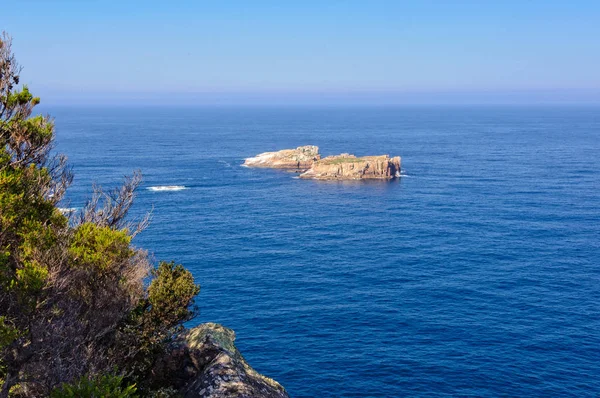
Tasmania’s remote islands represent something increasingly precious in our hyper-connected world—places where nature still calls the shots. These scattered outposts function as living laboratories, showing us exactly how ecosystems operate when humans mostly stay out of the way.
We’ve lost species over the years to time and human impact, but many others continue thriving in these island sanctuaries, offering genuine hope for conservation efforts worldwide. The next time you’re studying a map of Tasmania, remember that some of the most incredible treasures aren’t found on the main island at all—they’re scattered like hidden gems across the surrounding waters, waiting for the curious to discover them.
More from Travel Pug

- 20 Best Beach Towns in the Carolinas
- 13 Destinations Where Tourists Regularly Regret Their Trip
- 20 Destinations That Are More Magical Without an Itinerary
- 20 Underrated Adventures That Belong on Your Travel List
- 20 Cities Where You Should Just Wing It, No Planning Required
Like Travel Pug’s content? Follow us on MSN.
